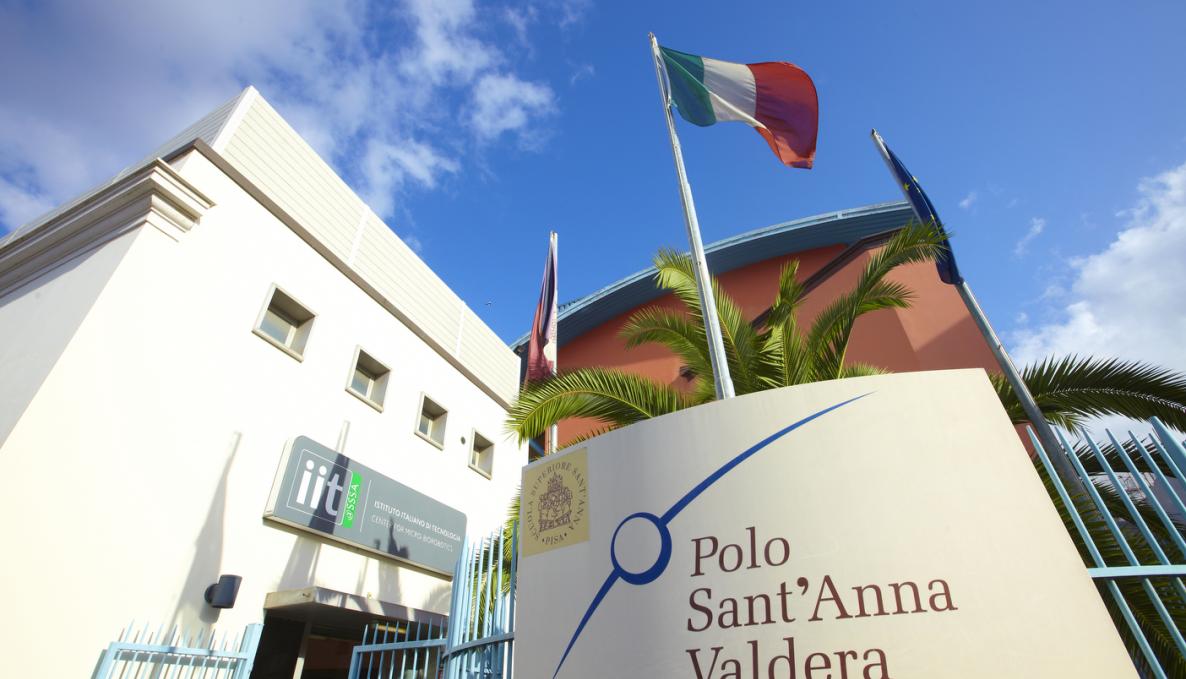ASSESSMENT OF “HIGH-SENSATION SEEKING” PERSONALITY ASSOCIATED WITH PARKINSON’S DISEASE: SCIENTISTS FROM THE INSTITUTE OF BIOROBOTICS CLARIFY THE NEURAL PROCESS OF RISKY DECISION MAKING

A team of Italian and Swiss neuroscientists from the Biorobotics Institute of Sant’Anna School, the Fondazione IRCCS Ca' Granda Ospedale Maggiore Policlinico - Milan, the Fondazione IRCCS Istituto Neurologico Carlo Besta - Milan, the Centro di Ricerca Aldo Ravelli of University of Milan - ASST Santi Paolo e Carlo di Milano and the École Polytechnique Fédérale de Lausanne have found the sub thalamic nucleus is involved in the inhibition of impulsive behaviors and risky decision making. Their paper published in eNeuro journal is focused on the brain mechanisms underlying impulse control disorders and addiction, compulsive buying behavior, altered sexual behavior and gambling.
Scientists examined patients with Parkinson’s disease (PD) with and without gambling disorder during an economic decision-making high and low risk task. They explored neuronal activity from the sub-thalamic nucleus in patients undergoing deep brain stimulation. Patients with gambling disorder exhibited risk-seeking behavior even if it causes serious financial loss.
Scientists found neuronal evidence of a behavioural signal in the sub-thalamic nucleus before the patients affected by gambling disorder actually made their choice. Results suggest the sub-thalamic nucleus activity may affect patients’ behavior shifting towards high risk economic decisions, and more generally, a significant number of patients can develop impulsive-compulsive behaviors - a balance between impulsiveness and rationality which is disrupted in individuals with gambling disorder.
This study supports the concept that patients may combine different signals regarding probability and loss when choosing between options associated with risky outcomes. Findings provide evidence that risk-taking behavior in patients can be treated considering individual differences and pharmacotherapies for disorders involving high risk-taking such as pathological gambling.
“We found Parkinson’s Disease patients receiving dopaminergic therapy are at higher risk of developing these disorders – said Alberto Mazzoni from the Biorobotics Institute of Sant’Anna School. We found that neural activity is different in gamblers and that is possible to estimate gamblers’ attitude toward risk on single bets based on the observed low frequency extracellular fluctuations. These findings will help clarifying the role of the Sub-thalamic Nucleus in decision-making, and pave the way to PD therapies with a lesser risk of cognitive side-effects”.
Publication
Subthalamic neural activity patterns anticipate economic risk decisions in Gambling
STN anticipates gamblers decision
Alberto Mazzoni1, Manuela Rosa2, Jacopo Carpaneto1, Luigi M. Romito3, Alberto Priori4 and Silvestro Micera1,5
1 Translational Neural Engineering Area, The Biorobotics Institute, Scuola Superiore Sant’Anna, Pontedera, 56025, Italy
2 Clinical Center for Neurostimulation, Neurotechnology and Movement Disorders Fondazione IRCCS Ca' Granda Ospedale Maggiore Policlinico, Milan, 20122, Italy
3 Movement Disorders Department, Neurological Institute Carlo Besta, Milan, 20133, Italy
4 “Aldo Ravelli” Research Center for Neurotechnology and Experimental Brain Therapeutics, Department of Health Sciences, University of Milan Medical School, Milan, Italy
5 Bertarelli Foundation Chair in Translational NeuroEngineering, Institute of Bioengineering and Center for Neuroprosthetics, School of Engineering, École polytechnique fédérale de Lausanne, Lausanne, CH-1015, Switzerland
Cover Photo: the Institute of BioRobotics at Sant’Anna School



